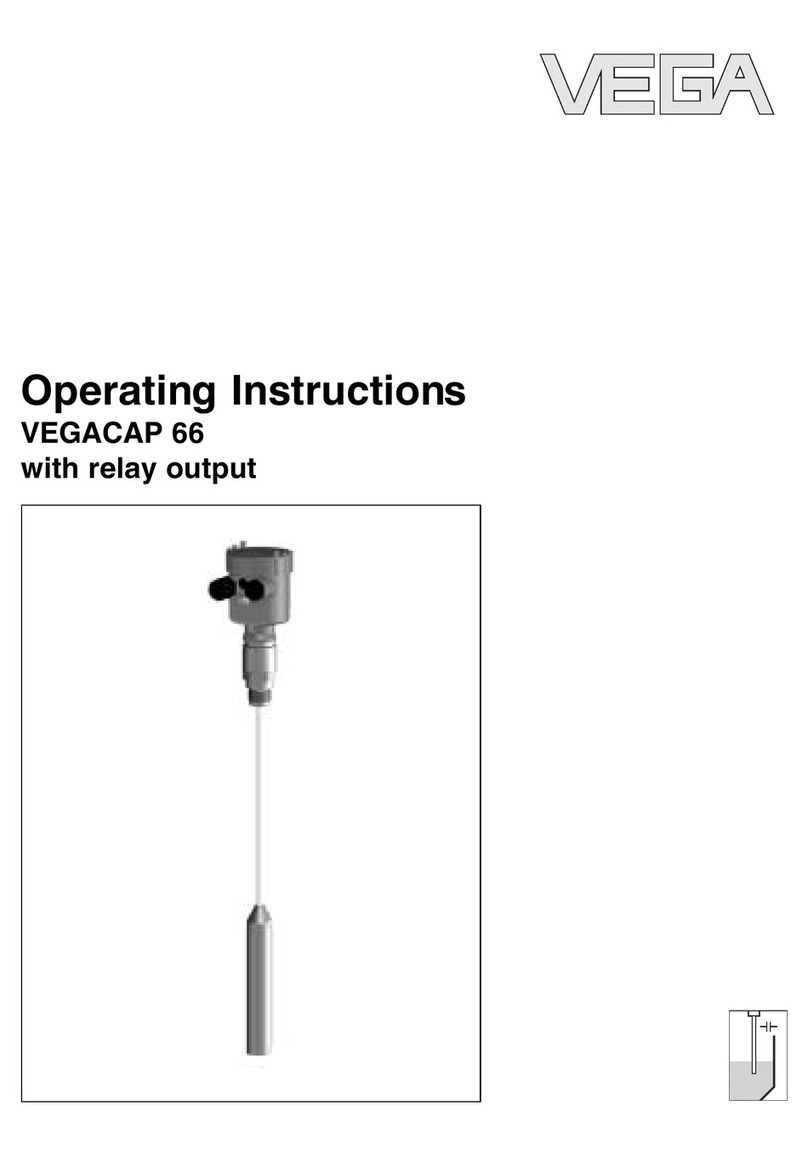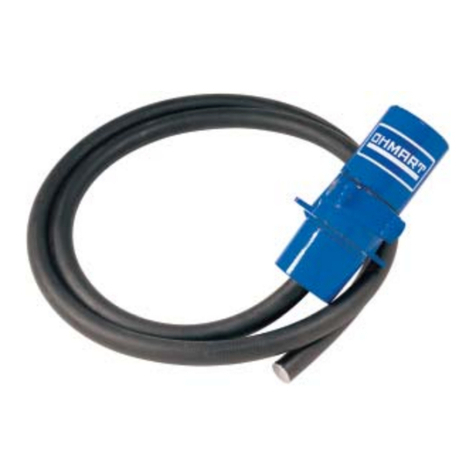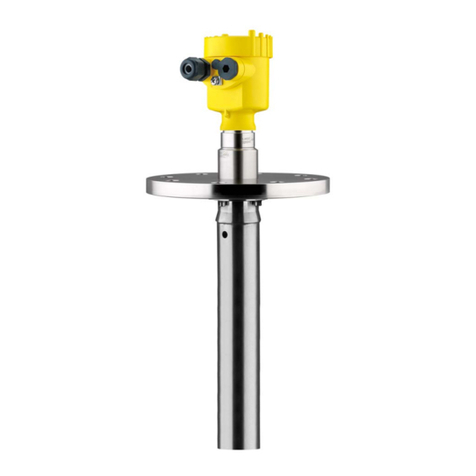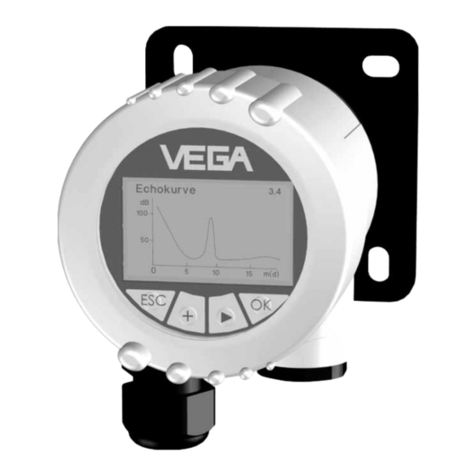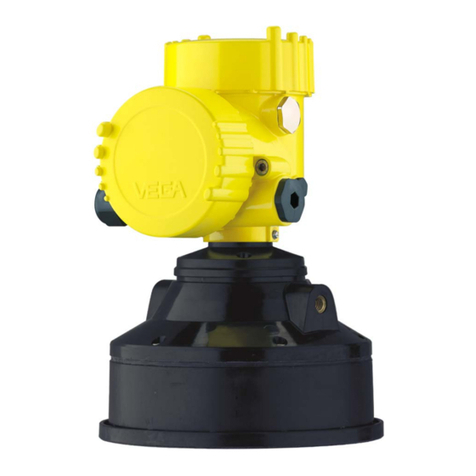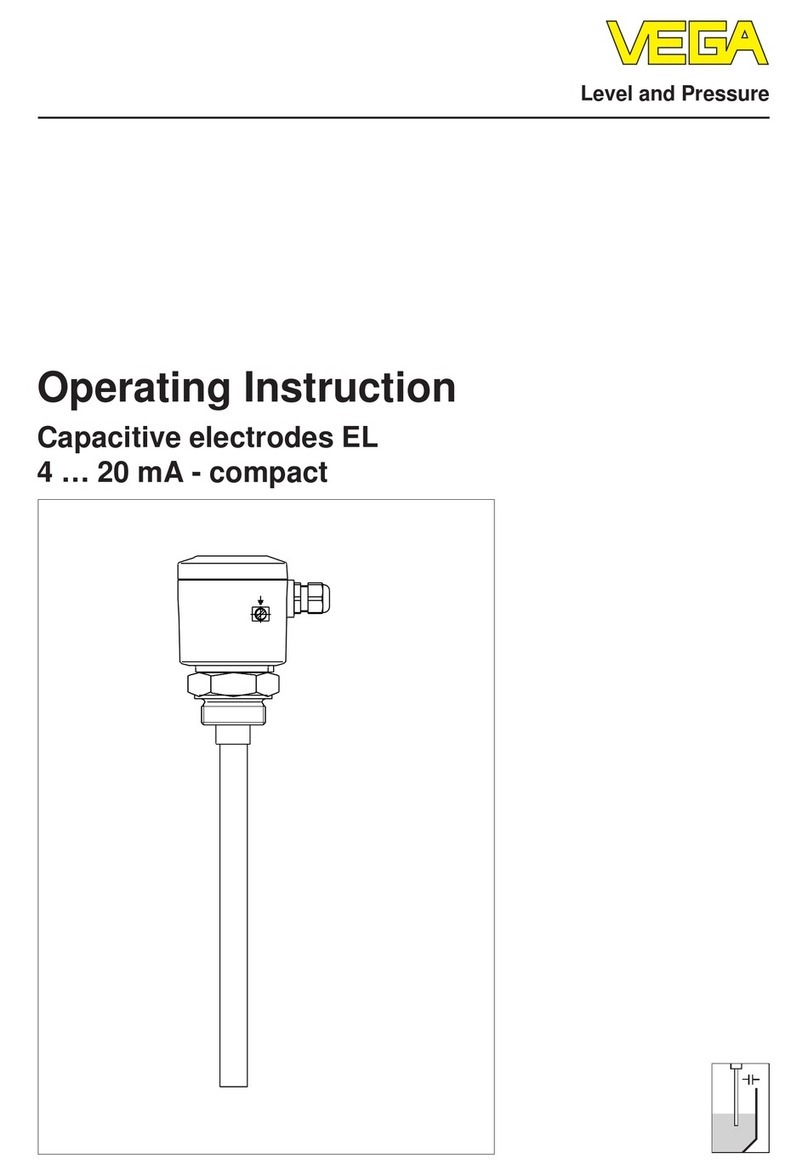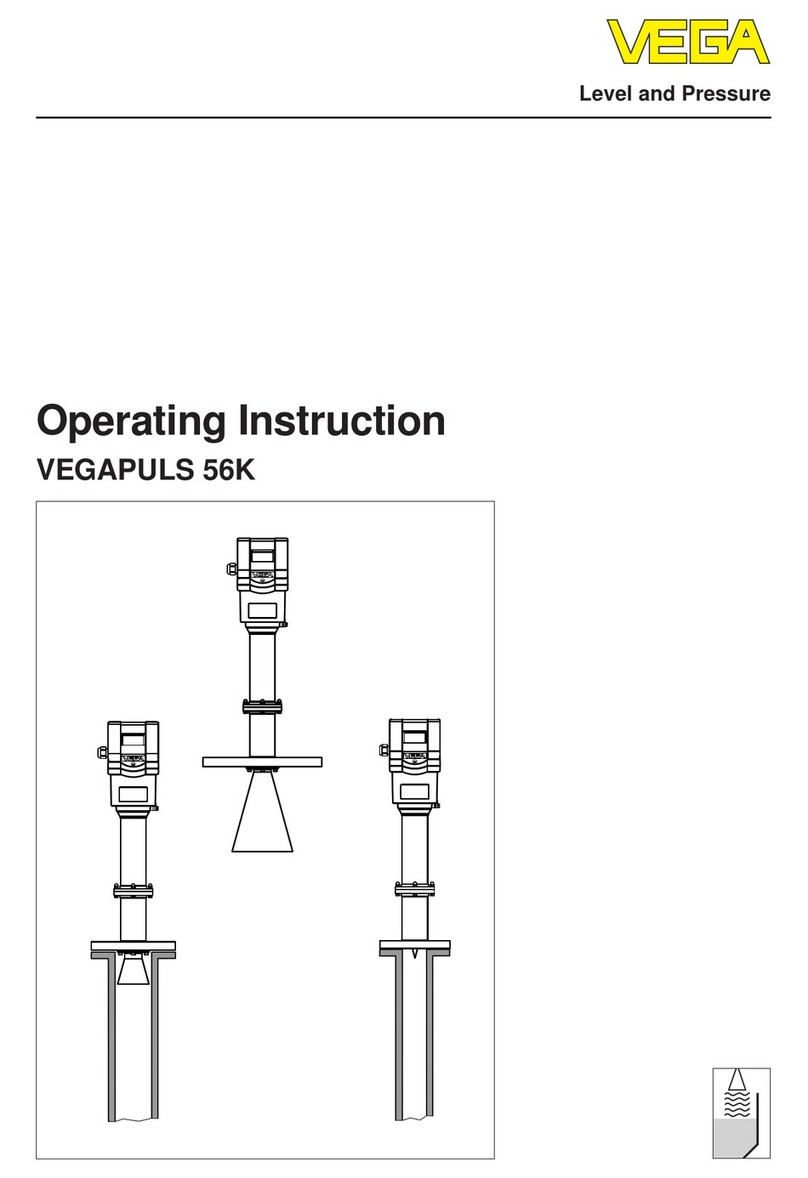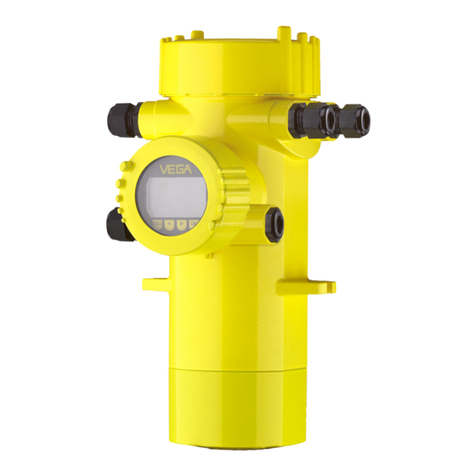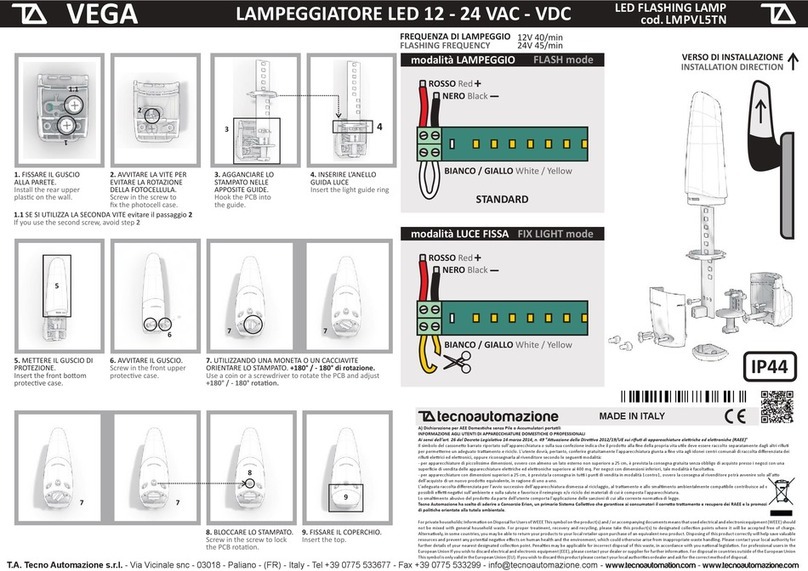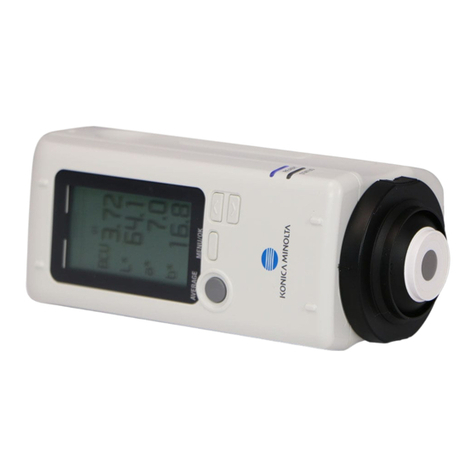The emitting frequencies of the sensors depend on the model,but are
all in the Kband range.The low transmitting power lies far below the
internationally permitted limit value.When the instrument is used
correctly,it presents no danger to human health.It may be operated
without restriction outside of closed vessels.
2.5CE conformity
The device fulfills the legal requirements of the applicable EC
guidelines.By attaching the CE mark,VEGA provides a confirmation
of successful testing.You can find the CE conformity declaration in the
download area of www.vega.com.
2.6Radio approval for USA/Canada
FCC Note according to 15.21:Any changes or modifications not
expressly approved by the party responsible for compliance could void
the user's authority to operate the equipment.
FCC Statement for Part 15 (FCC allows the placement in the
manual only when the label is too small to place the statement):
this device complies with Part 15 of the FCC rules.Operation is
subject to the following two conditions: (1)This device may not cause
harmful interference,and (2)this device must accept any interference
received,including interference that may cause undesired operation.
IF Class Aor Class Bdigital device or peripheral FCC Compliance
Statement §15.105,Class Aor Bmust be included in the manual .
FCC-Statement for Part 15:This device complies with Part 15 of the
FCC rules.Operation is subject to the following two conditions: (1)
This device may not cause harmful interference,and (2)this device
must accept any interference received,including interference that may
cause undesired operation.
2.7Environmental instructions
Protection of the environment is one of our most important duties.That
is why we have introduced an environment management system with
the goal of continuously improving company environmental protection.
The environment management system is certified according to DIN
EN ISO 14001.
Please help us fulfil this obligation by observing the environmental
instructions in this manual:
lChapter "Packaging,transport and storage"
lChapter "Disposal"
6VEGAMIP R61 • - Relay
2For your safety
35786-EN-100531



